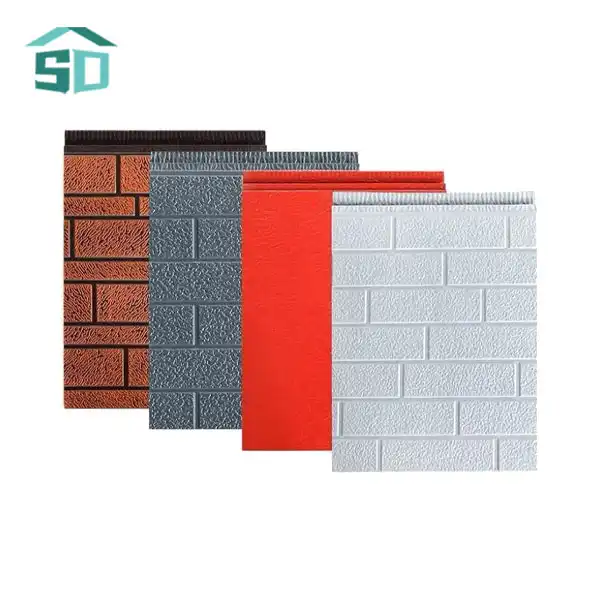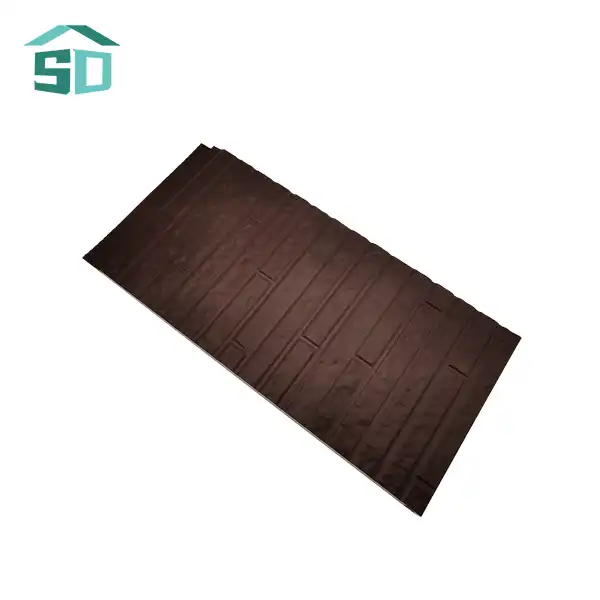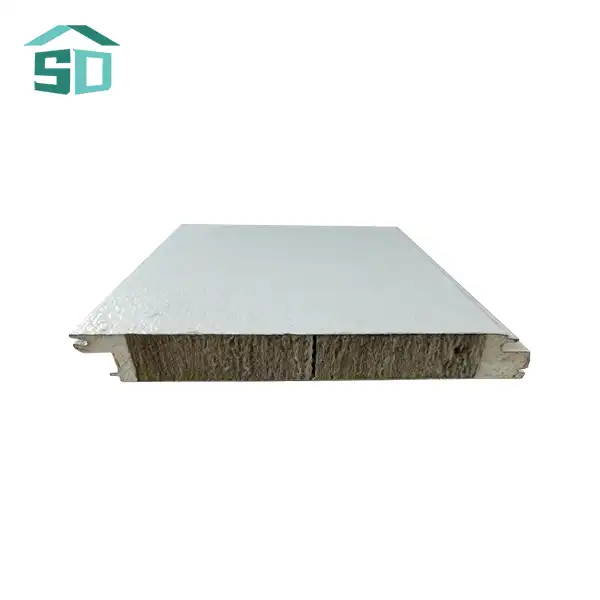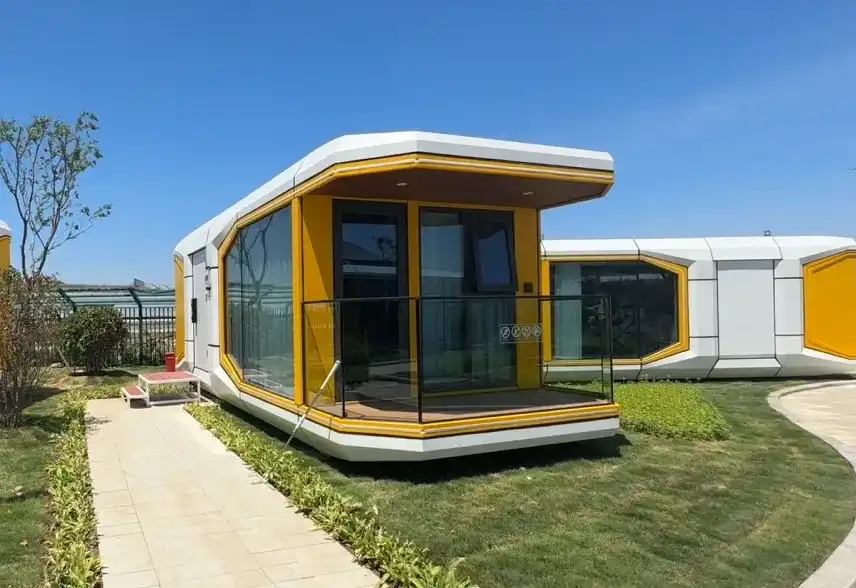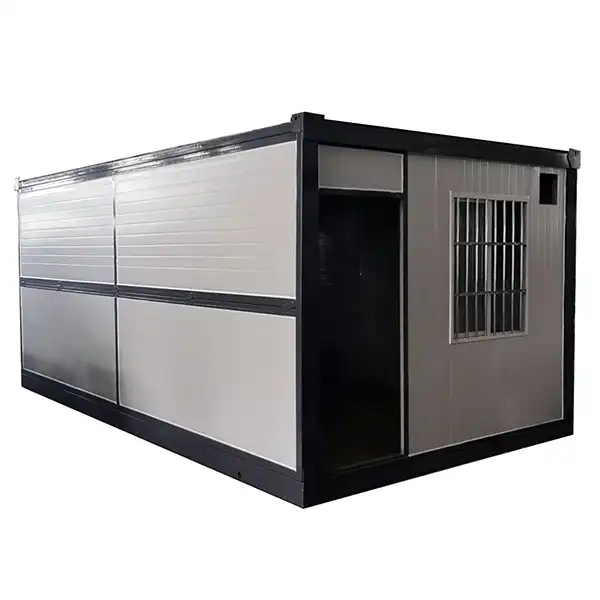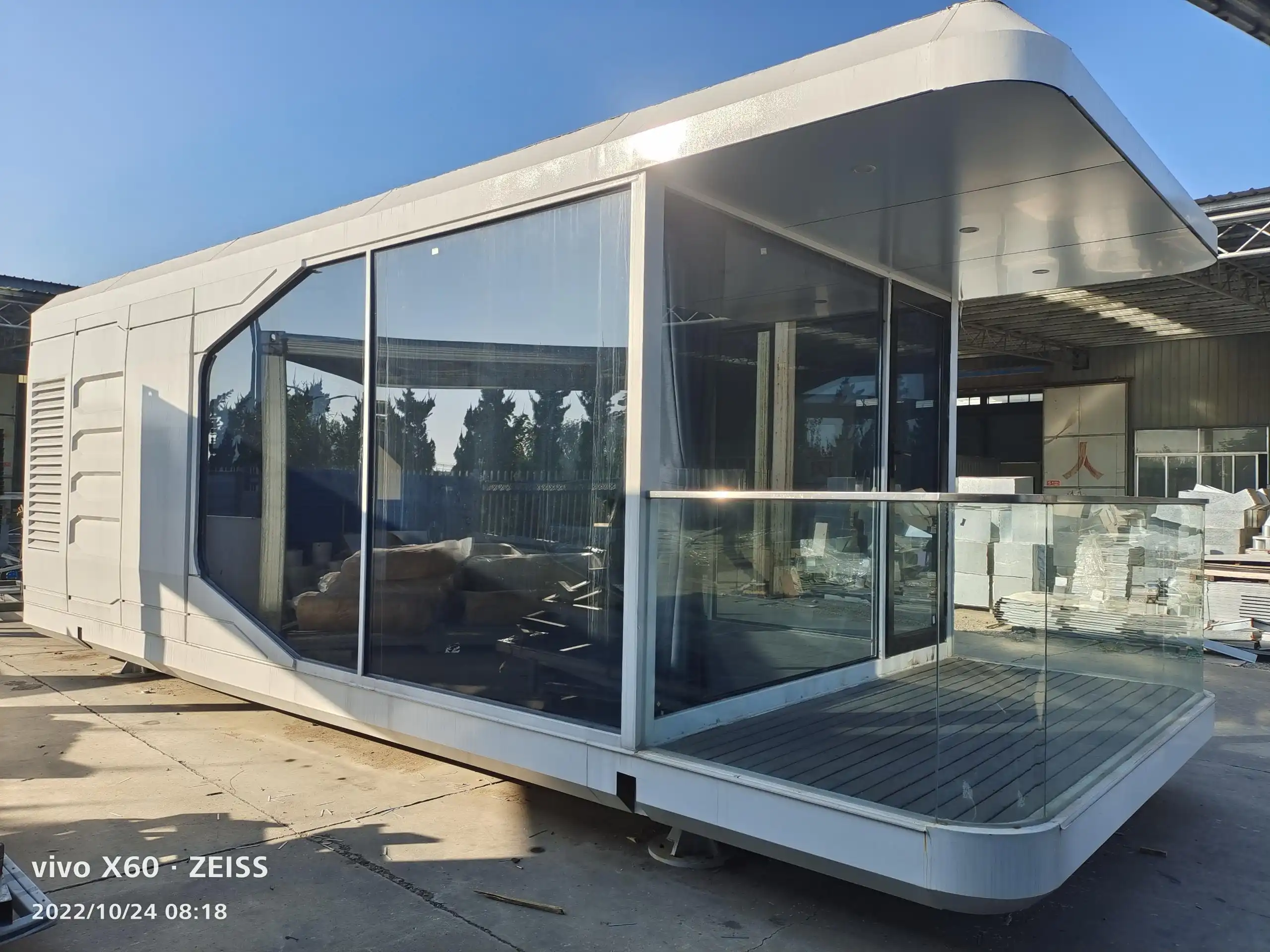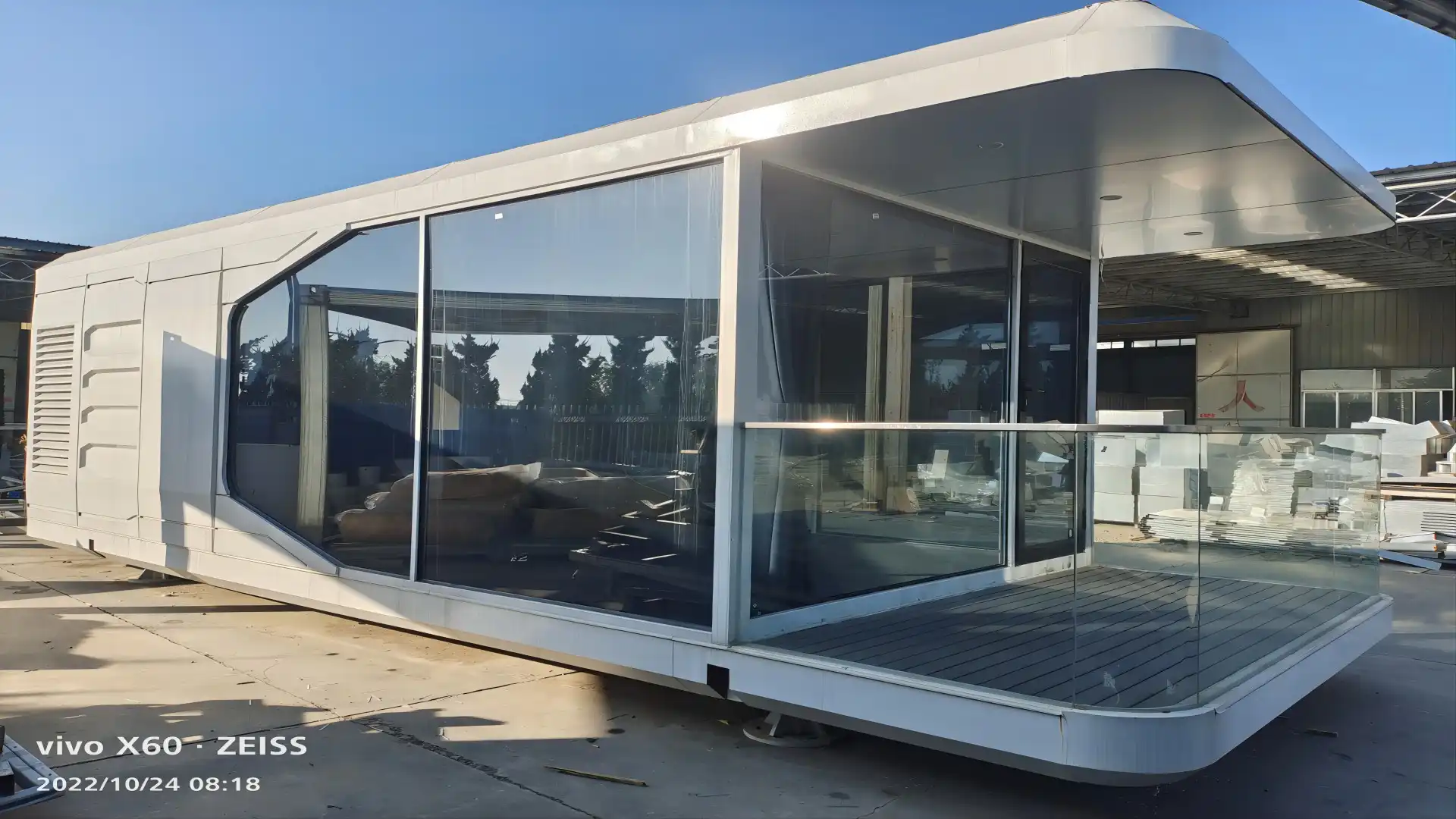The Science Behind PU Insulation's Energy-Saving Properties
Thermal Conductivity and R-Value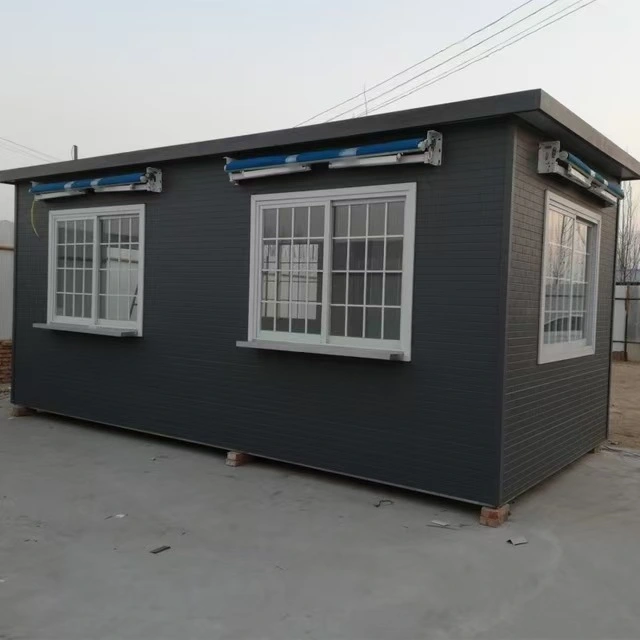
PU insulation boards boast an impressive thermal conductivity rating, making them a top choice for energy-efficient construction. The low thermal conductivity of 0.022 W/m·K translates to a high R-value, which measures insulation effectiveness. This superior insulating capability means that less heat escapes in winter and less cool air is lost in summer, resulting in significant energy savings for heating and cooling systems.
Closed-Cell Structure
The unique closed-cell structure of polyurethane foam contributes to its exceptional insulating properties. This structure traps tiny pockets of gas within the material, creating a formidable barrier against heat transfer. The result is a more consistent indoor temperature, reducing the need for frequent heating or cooling adjustments and consequently lowering energy consumption.
Moisture Resistance
PU insulation boards are inherently moisture-resistant, a crucial factor in maintaining their insulating properties over time. Unlike some traditional insulation materials that can absorb moisture and lose effectiveness, PU boards remain dry and efficient. This moisture resistance not only preserves the insulation's performance but also prevents mold growth, contributing to a healthier indoor environment and sustained energy efficiency.
Practical Applications of PU Insulation Boards for Maximum Energy Savings
Residential Insulation
In homes, PU insulation boards excel in creating comfortable living spaces while minimizing energy costs. Applied to walls, roofs, and floors, these boards form a comprehensive thermal envelope that effectively resists heat transfer. The superior insulation properties of PU boards mean that homeowners can maintain desired indoor temperatures with far less reliance on active heating and cooling systems. Over time, this translates into substantial reductions in utility bills, increased energy efficiency, and a smaller environmental footprint for residential buildings.
Commercial and Industrial Buildings
PU insulation boards are equally effective in larger-scale applications, offering reliable thermal performance across various building types. In commercial buildings such as offices, schools, and retail spaces, these boards help reduce energy consumption by lowering the demand on HVAC systems. Industrial facilities, including warehouses, cold storage units, and manufacturing plants, benefit significantly from improved thermal regulation. Maintaining consistent environmental conditions becomes easier and more cost-efficient, ensuring operational stability while minimizing energy expenditure and contributing to sustainability goals.
Retrofit Projects
The versatility of PU insulation boards makes them exceptionally well-suited for retrofit and renovation projects. With thickness options ranging from 25mm to 100mm, these boards can be seamlessly integrated into existing wall assemblies, ceilings, or floors. Their lightweight design and ease of installation reduce labor time and costs. This adaptability allows aging buildings to meet modern energy efficiency standards without undergoing major structural changes. As a result, retrofitting with PU boards presents a practical, cost-effective solution for long-term energy savings and improved comfort.
Long-Term Benefits and Cost Savings of PU Insulation
Durability and Longevity
PU insulation boards are renowned for their durability and long-lasting performance in both residential and commercial applications. The material's resistance to moisture, mold, and degradation ensures that its excellent insulating properties remain stable and effective for decades. Even in harsh environmental conditions, PU boards maintain their structural integrity without losing thermal efficiency. This extended lifespan translates into consistent energy savings and minimized need for replacement, offering a superior return on investment compared to less durable or maintenance-intensive insulation alternatives.
Reduced Carbon Footprint
By significantly reducing energy consumption required for heating and cooling, PU insulation boards play a vital role in lowering a building’s overall carbon footprint. The improved thermal performance reduces strain on HVAC systems, thereby cutting down on electricity usage and greenhouse gas emissions. This energy efficiency supports environmental sustainability goals and aligns with global initiatives aimed at combating climate change. Implementing PU boards in building envelopes is an impactful way to promote greener construction practices while enjoying long-term economic and environmental benefits.
Cost-Benefit Analysis
While the initial investment in PU insulation boards may be higher than some traditional insulation materials, the long-term benefits far outweigh the upfront costs. The superior energy savings, combined with the material's durability, result in a quicker return on investment and continued savings throughout the building's life cycle. Building owners and managers find that the reduced energy bills and maintenance costs make PU insulation boards a wise financial decision.
Conclusion
PU insulation boards represent a significant advancement in building energy efficiency. Their exceptional thermal properties, versatility, and durability make them an ideal choice for a wide range of applications, from residential homes to large-scale industrial facilities. By dramatically reducing energy consumption for heating and cooling, these boards not only lead to substantial cost savings but also contribute to a more sustainable future.
As energy costs continue to rise and environmental concerns grow, the adoption of high-performance insulation solutions like PU boards becomes increasingly crucial. For those looking to maximize energy savings and improve building performance, PU insulation boards offer a compelling and effective solution. For more information on how PU insulation boards can enhance your building's energy efficiency, please contact us at info@sdqsc.com. Our team of experts is ready to help you find the perfect insulation solution for your specific needs.
FAQ
What thickness of PU insulation board is recommended for optimal energy savings?
The optimal thickness depends on the specific application and climate. Generally, thicknesses between 50mm to 100mm provide excellent insulation for most buildings.
Are PU insulation boards fire-resistant?
Yes, our PU insulation boards have a Class B1 fire rating, making them non-combustible and safe for use in various building applications.
Can PU insulation boards be used in both new construction and renovation projects?
Absolutely. Their versatility makes them suitable for both new builds and retrofit projects, offering energy-saving benefits in various scenarios.
References
1.Department of Energy. (2022). Insulation. Energy.gov.
2.Environmental Protection Agency. (2021). ENERGY STAR® Program Requirements for Residential Insulation. EPA.
3.International Energy Agency. (2023). Energy Efficiency 2023. IEA.
4.National Institute of Building Sciences. (2022). Whole Building Design Guide - Thermal Insulation. WBDG.
